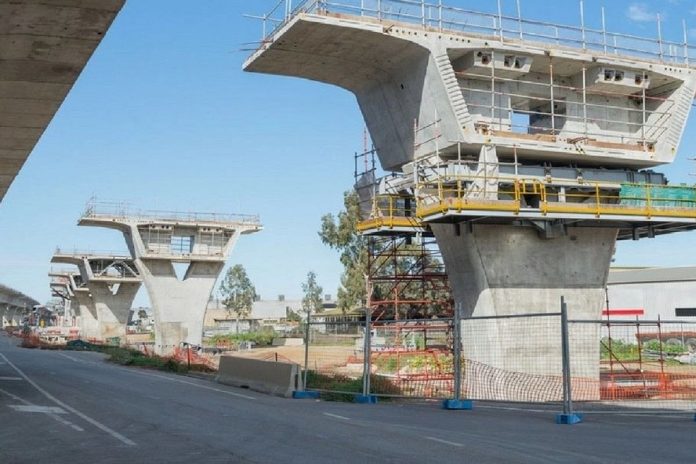Responding to the Comptroller and Auditor General (CAG) of India report on Dwarka Expressway, the Ministry of Road Transport and Highways has clarified that the approval of Bharatmala Pariyojana was done and as such project-wise cost was not approved.
The CAG report had pointed out that the per kilometre cost of the Expressway is Rs 250 crore, as against the Cabinet Committee on Economic Affairs (CCEA)-approved per kilometre cost of Rs 18.2 crore.
“It only provided overall outlay for the programme. As such ascribing increase of cost from Rs 18.2 crore/km to Rs 250 crore/km is gross mis-representation of facts,” the Ministry said.
Dwarka Expressway is an engineering marvel involving construction of eight-lane expressways on single pier, which has been conceived and designed considering present traffic volume, need for seamless connectivity and to meet requirement of future growth potential of this entire region.
It would also result in reduction of pollution in entire Delhi-NCR region. The region has already benefited by similar development on Eastern Peripheral Expressway and Delhi-Meerut Expressway.
This projects also features India’s first four-level interchange and eight-lane tunnel (3.8 km).
The Ministry maintains that the per km cost of Rs 18.2 crore was considered as normative cost for formulation of Bharatmala Pariyojana and for approval of CCEA.
The civil cost/capital cost of the project being undertaken under the Bharatmala programme, however, varies based on its design features, terrain and geographical locations.
Under Bharatmala Pariyojana, average cost for special project enveloping substantial lengths of bridges/via-ducts/tunnels is Rs152 crore/km. It may be appreciated that construction cost varies based on nature of the project, the Ministry maintained.
In the CAG report, civil cost has been mentioned as Rs 250 crore/km whereas approved civil cost for four packages is Rs 206.39 crore/km and awarded civil cost is Rs 181.94 cr/km.
The average cost of elevated structure is about Rs 150 crore, whereas additional cost are of development of ground level six-laning road, underpasses and flyovers as service road.
Dwarka Expressway ensures most economical utilisation of a national highway (NH)’s right of way.
Why Elevated Expressway
Considering high volume of traffic and severe congestion, there was urgent need for a long term solution for de-congestion of NH-48 between Delhi to Gurgaon.
Since there is dense habitation in this region of NCR, there was no possibility of a new alignment and Dwarka Expressway, originally conceived by the government of Haryana, was only viable alignment for development of a highway alternative to NH-48.
The cost of Dwarka Expressway, even if constructed at-grade could have been reduced by Rs 1,200 crore (from Rs 5,269 cr to Rs 4,000 crore), but would have resulted in deficient development of highway as per past practices reflected on NH-48.
Finally, in order to provide signal free seamless connectivity, to segregate through local traffic and to ensure long term solution for de-congestion of this area, it was essential to provide an expressway with design capacity of about 150,000 passenger car units.
It may be relevant to mention that worldwide, elevated road/tunnels are provided in urban setting for seamless connectivity.


